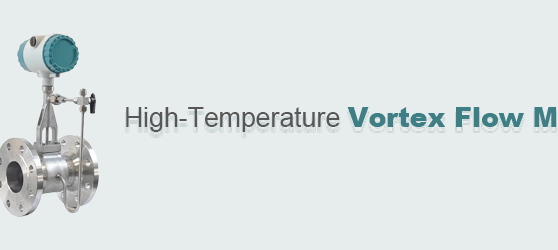In chemical production, measuring corrosive media such as acids, alkalis, and salt solutions is a major challenge. These fluids can easily damage standard instruments, leading to inaccurate readings and costly equipment failures. A chemical-grade vortex flow meter with excellent corrosion resistance is essential for ensuring safety and precision.
Why Material Compatibility Matters
The first step in selecting a vortex flow meter for corrosive applications is choosing the right material. All wetted parts, including the sensor, flange, and body, must withstand aggressive fluids.
- 316L stainless steel – suitable for mildly corrosive chemicals.
- Hastelloy C276 – resistant to strong oxidizers and acid environments.
- Titanium alloy – ideal for seawater and chlorine-based media.
Key Factors for Chemical Vortex Flow Meter Selection
- Material Compatibility
Ensure complete resistance of all wetted components to prevent leaks or failures. - Flow Range Accuracy
Choose a meter with a flow range that keeps normal operating conditions within the mid-to-upper range, minimizing errors at low flow. - Temperature and Pressure Resistance
- Standard models: -40℃ to 350℃.
- Special designs: for even higher temperature and pressure applications.
- Signal Output and System Integration
Options include 4-20mA, pulse, or RS485 outputs, ensuring seamless connection with DCS/PLC systems. - Ingress Protection
- IP65/67 for indoor installations.
- IP68 for outdoor or underground environments exposed to corrosive vapors or liquids.
- Installation Requirements
Maintain at least 10D upstream and 5D downstream straight pipe length (D = pipe diameter). For harsh media, consider:- Adding an isolation diaphragm.
- Using the purge method to protect sensors.
- Installing an isolation device with buffer liquid.
Special Measures for Highly Corrosive Media
- Diaphragm Isolation Technology – PTFE-coated diaphragm with protective oil to prevent direct contact.
- Blow-through Method – Using corrosion-resistant tubing to isolate the medium.
- Isolators with Seal Liquids – Prevents aggressive chemicals from attacking the sensor.
👉 Related reading: Types of vortex flow meters and applications
Importance of Temperature and Pressure Compensation
For compressible fluids such as corrosive gases or steam, accuracy depends heavily on compensation:
- Corrosive gases: require both temperature and pressure compensation.
- Superheated steam: temperature and pressure dual compensation is essential.
- Saturated steam: single compensation (temperature or pressure) is sufficient.
Smart Diagnostics and Maintenance
Modern chemical vortex flow meters are equipped with intelligent self-diagnosis functions. They monitor internal conditions and alert operators to early faults, reducing downtime.
Preventive maintenance best practices include:
- Regular electrode and lining cleaning.
- Checking sealing performance.
- Calibration of measurement accuracy.
👉 Internal reference: Aister’s vortex flow meter solutions
Conclusion
Selecting the right vortex flow meter for corrosive media is not just about buying an instrument—it’s about safeguarding your process. By carefully evaluating material compatibility, flow range, temperature and pressure conditions, output integration, and protective measures, chemical plants can ensure accurate flow monitoring and extend equipment life.
With proper selection and preventive maintenance, chemical vortex flow meters become a reliable partner for safe production, cost reduction, and long-term process stability.

